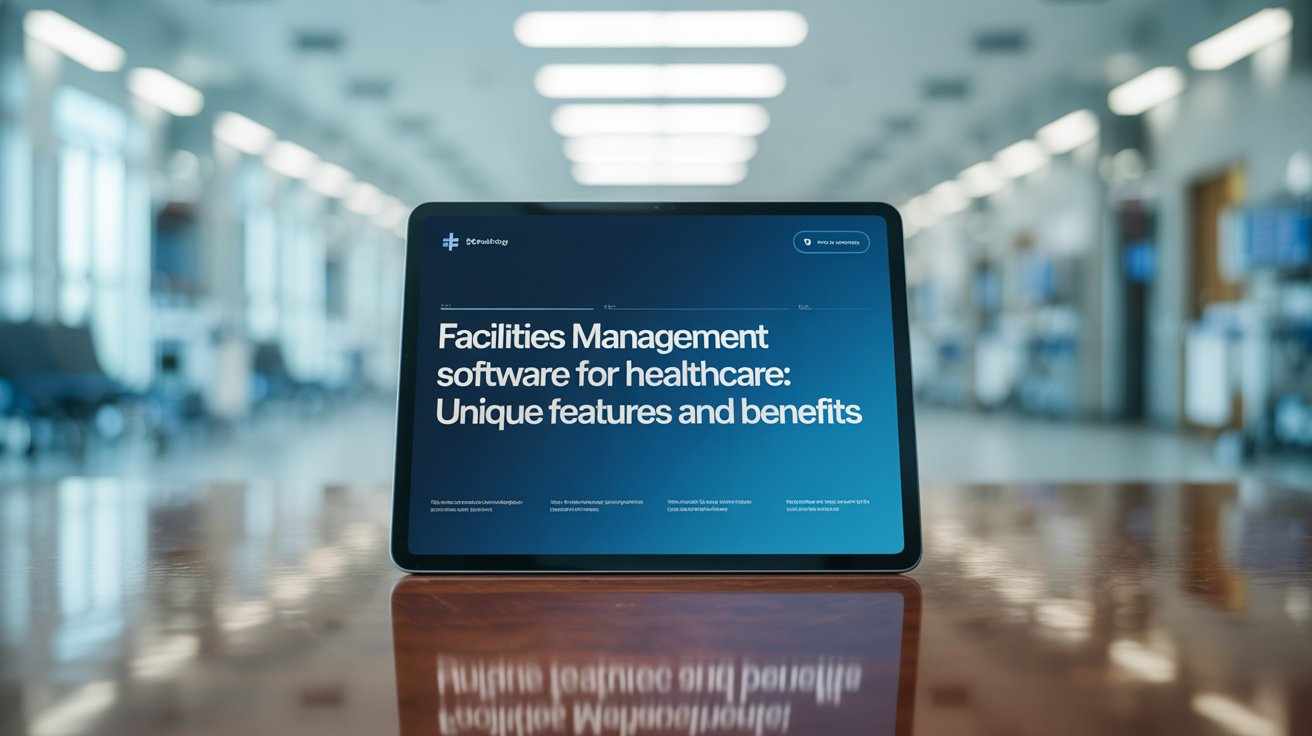
Introduction
Embarking on the journey to create a SaaS (Software as a Service) app from scratch is as thrilling as it is daunting. The allure of building a scalable, cloud-based software that serves a myriad of customers continuously can turn a startup into a tech sensation.
In this guide, we'll explore the crucial steps to channel your passion and ideas into a successful tech startup, ensuring that you're well-equipped to navigate the complexities of SaaS app development. Whether you're a seasoned developer or stepping into the tech world for the first time, this is where your journey begins.
Also read: SaaS Product Development Guide
Understanding SaaS App Development
What is a SaaS App?
A SaaS app, or Software as a Service application, is a type of software delivery model where applications are hosted remotely on the cloud. Users can access these apps through the internet, typically on a subscription basis. This means that instead of purchasing software to install, or additional hardware to support it, customers can simply access their needs via an app that is managed from a central location. Key characteristics include high availability, scalability, and automatic updates, which reduce the burden of IT management for users.
Benefits of Building a SaaS App from Scratch
Starting from scratch with a SaaS app can unleash a multitude of benefits:
Customization: Tailor your application specific to the needs and demands of your target users.
Control Over Updates: You have full control over the frequency and type of updates and enhancements.
Cost-Effectiveness: Minimize upfront investments and pay only for the resources you use.
Scalability: Easily scale your app up or down based on user demand without significant additional costs.
Speed to Market: Rapid development and deployment cycles mean you can move from concept to market much faster.
Planning Your SaaS App Development Journey
Market Research and Idea Validation
The first step in creating a successful SaaS app is understanding the market. Conduct thorough research to identify your target audience, understand their pain points, and analyze the competition. Key activities here include surveys, focus groups, and reviewing industry reports. Validation comes next, where you test your app idea through prototypes and MVPs (Minimum Viable Products) to gauge potential user interest and willingness to pay.
Defacing Your Unique Selling Proposition
What sets your SaaS product apart from the crowd? This is where your Unique Selling Proposition (USP) comes into play. It could be an innovative feature, a unique pricing model, or exceptional customer support. Clearly defining what makes your app unique will help attract and retain customers, and carve out a niche in the competitive market.
Creating a Solid Business Plan
A comprehensive business plan is crucial for any successful venture, including a SaaS startup. This should outline your business goals, funding needs, marketing strategy, revenue model, and a detailed roadmap of your product development. Include projections for expenses and income to provide a clear financial picture. A well-thought-out business plan not only guides your strategy but is also essential when seeking investment or partnerships.
Building Your SaaS App
Choosing the Right Technology Stack
Choosing the appropriate technology stack is crucial for your SaaS app as it forms the foundation upon which your application will operate. Start by considering the specific needs of your application, including its expected load, scalability requirements, and the type of data it will handle. Common stacks like MEAN (MongoDB, Express.js, AngularJS, Node.js) and LAMP (Linux, Apache, MySQL, PHP) offer robust frameworks and databases that support dynamic SaaS applications. Factor in your development team's expertise—opt for a stack that your team is comfortable with to ensure a smoother development process.
Designing a User-Friendly Interface
The interface of your SaaS app plays a crucial role in user engagement and retention. A well-designed interface should be intuitive, easy to navigate, and aesthetically pleasing. Utilize principles of UX/UI design to enhance the user experience. This includes simple navigation, consistent design elements, and interactive components that provide immediate, relevant feedback to users. Consider employing a professional designer or using design systems like Material Design to achieve a cohesive look and feel across your app.
Implementing Scalability and Security Measures
Scalability and security are key considerations that should be addressed early in the development of your SaaS app. Design your architecture to handle increases in workload smoothly without compromising performance. Cloud services like AWS or Azure offer scalable solutions that can adjust resources based on your app’s needs. Security is equally important, as SaaS apps often deal with sensitive data. Implement measures such as encryption, secure authentication protocols, and regular security audits to protect your application and its data from potential threats.
Testing and Quality Assurance
Importance of Testing in SaaS App Development
Testing is integral to SaaS app development, ensuring that the software performs as expected under various scenarios. Regular testing identifies potential issues before they affect your users, saving you from costly fixes and reputational damage later. It’s important to incorporate testing early in the development cycle and to continue testing throughout, optimizing performance and enhancing user satisfaction.
Types of Testing for SaaS Apps
Several types of testing are crucial for ensuring the robustness and reliability of your SaaS app:
Functional testing to verify that each feature works as intended.
Load testing to ensure performance under heavy usage.
Security testing to safeguard against potential breaches.
Usability testing to confirm the app is intuitive and user-friendly.
Organizing these tests systematically will help maintain the highest quality throughout the development and deployment processes.
Ensuring Quality Assurance Throughout the Development Process
Quality assurance (QA) should be an ongoing process that not only checks for specific problems but also monitors the overall health of the SaaS application. Set up a dedicated QA team that focuses on continuously testing and benchmarking the app against established criteria to ensure consistent quality. Using automated testing tools can help streamline this process, making it efficient and less prone to human error. Regular feedback loops with the development team will ensure that any defects are promptly addressed and corrected, aligning with best practices in agile development environments.
Launching Your SaaS App
Pre-Launch Marketing Strategies
Before your SaaS app hits the market, creating buzz is crucial. Start by defining your target audience and understanding their needs and pain points. Engage with potential customers through social media platforms, relevant online communities, and blogs. Consider offering early access or beta testing opportunities to create ambassadors who will promote your app through word of mouth. Additionally, build an email list to send updates and promotions to interested users, helping to ensure a burst of activity and engagement upon launch.
Choosing the Right Pricing Model
Selecting an appropriate pricing model is critical for the success of your SaaS app. Consider the value your app provides and your target market’s price sensitivity. Popular models include subscription-based pricing, where users pay a recurring fee, and freemium models, where basic features are free but advanced features require payment. It’s important to also think about offering tiered pricing levels to cater to different types of customers and their varying needs.
Leveraging Early User Feedback
Once your app is in the hands of early users, gather and analyze their feedback diligently. This input is invaluable for identifying and fixing any issues, and for making improvements that truly meet user needs. Implement a simple way for users to provide feedback within the app. Regularly update your app based on this feedback to improve user satisfaction and engagement, which can lead to higher retention rates.
Growing and Scaling Your SaaS App
User Acquisition Strategies
To grow your user base, utilize a mix of organic and paid marketing strategies. Search engine optimization (SEO) and content marketing are effective for building a long-term presence. Paid ads through Google AdWords or social media can generate immediate results. Additionally, partner with other companies and influencers in your industry to reach a broader audience.
Retaining Customers and Reducing Churn
Keeping your customers happy is key to reducing churn. Continuously add value through feature enhancements, impeccable customer service, and regular communication. Implement tools like customer relationship management (CRM) systems to better understand user behavior and preemptively address issues. Offering incentives for long-term commitments, such as discounted annual plans, can also help in retaining customers.
Scaling Your Infrastructure to Meet Growing Heavier Traffic
As your user base grows, your infrastructure needs to scale accordingly to handle increased loads. Invest in scalable cloud services to ensure that your app can handle spikes in traffic without compromising performance. Regularly review and optimize your app’s code and database performance. Considering a microservices architecture can also aid in scaling specific parts of your app independently as demand grows.
Read More: How to Choose Between SAAS vs PaaS vs IaaS
Conclusion
Embarking on the journey of creating a SaaS app from scratch is both exhilarating and challenging. By focusing on a unique value proposition, understanding your target market, and carefully planning your development process, you lay the groundwork for success.
Remember to prioritize ease of use, comprehensive customer support, and ongoing improvements based on user feedback. Searching for individuals whenever your team needs a specific talent could delay the launch or increase overall costs. You can easily steer clear of all of these issues by collaborating with an experienced SaaS development company. You can assemble a team, hire remote saaS developers, or outsource the task.




















Write a comment ...